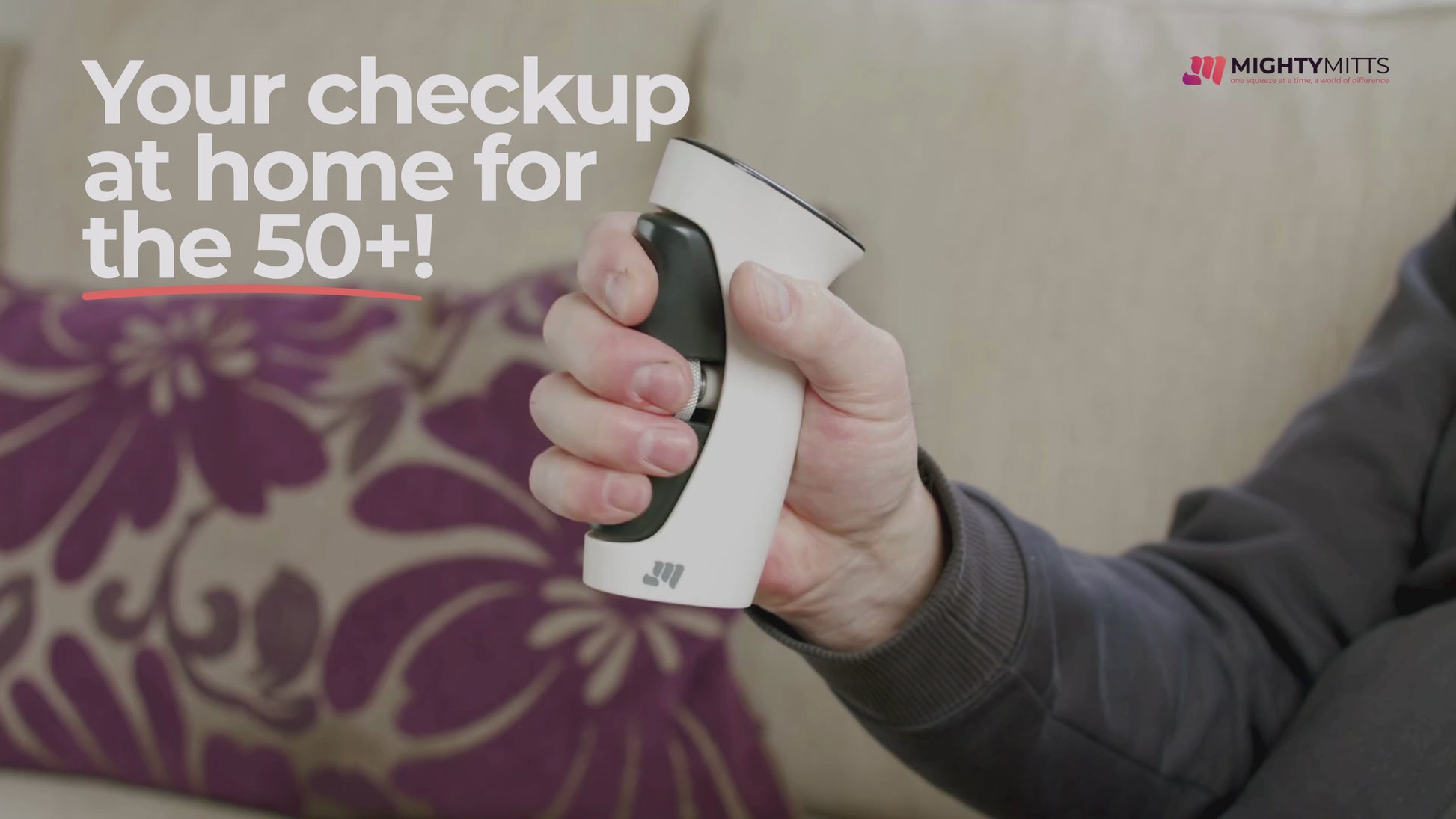


Grip Checkup Kit
- Regular price
- £59.99
- Sale price
- £59.99
- Regular price
-
£99.99
Tax included.
Shipping calculated at checkout.
How MightyMitts Works for You:
(Step 1) Test Your Grip Strength 🤝
(Step 2) Understand Your Score 🥸
(Step 3) Make a Change 🤩
Improve your Grip & Health with Safe, Effective, Progressive, Evidence Based Exercises.
- 5 Ergonomic Hand Strengtheners with 5 tools, adjustable resistance (from gentle to firm), portable and suitable for all levels of strength.
- Digital Grip Strength Tester, to easily measure your hand strength and track your progress over time. Use this to see how your strength improves as you follow our program and nutrition guide."
- Evidence-Based, Expert Guided Tutorial Videos to improve your strength and dexterity in a safe and effective way.
- Nutrition Guide: understand how to best fuel your body to feel better and stronger.
- Recipe Books (100+ recipes) with joint friendly and anti-inflammatory recipes


